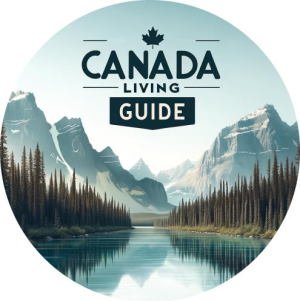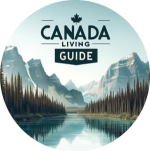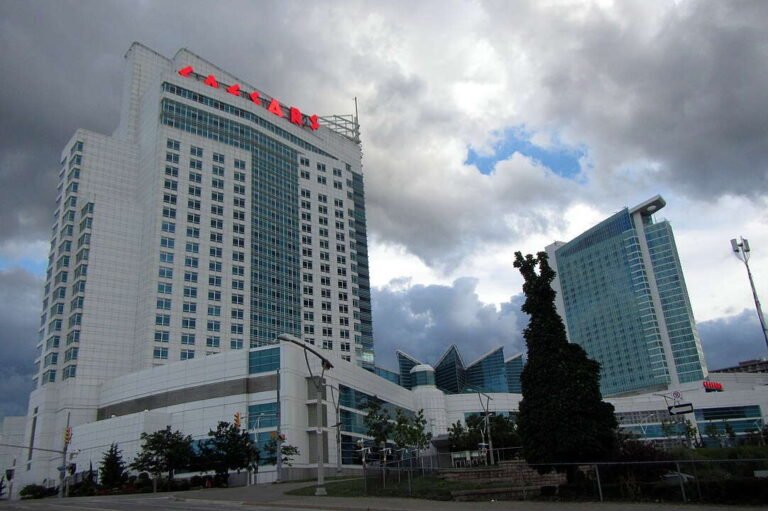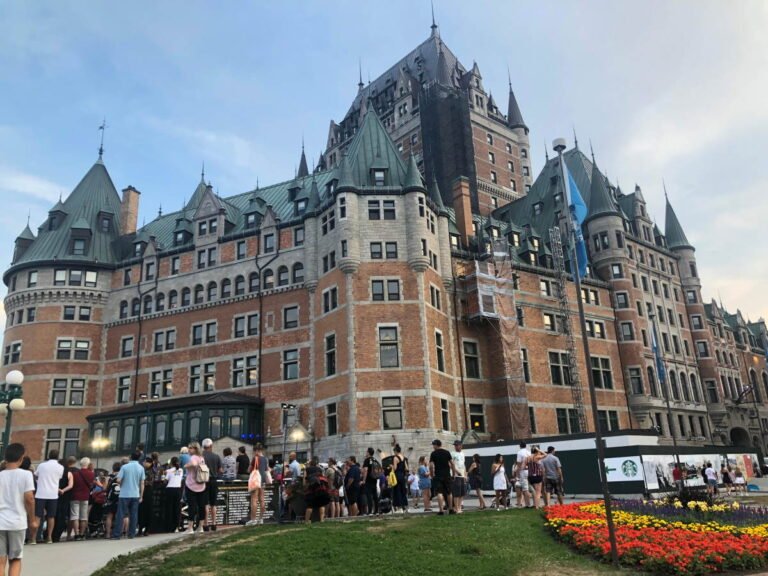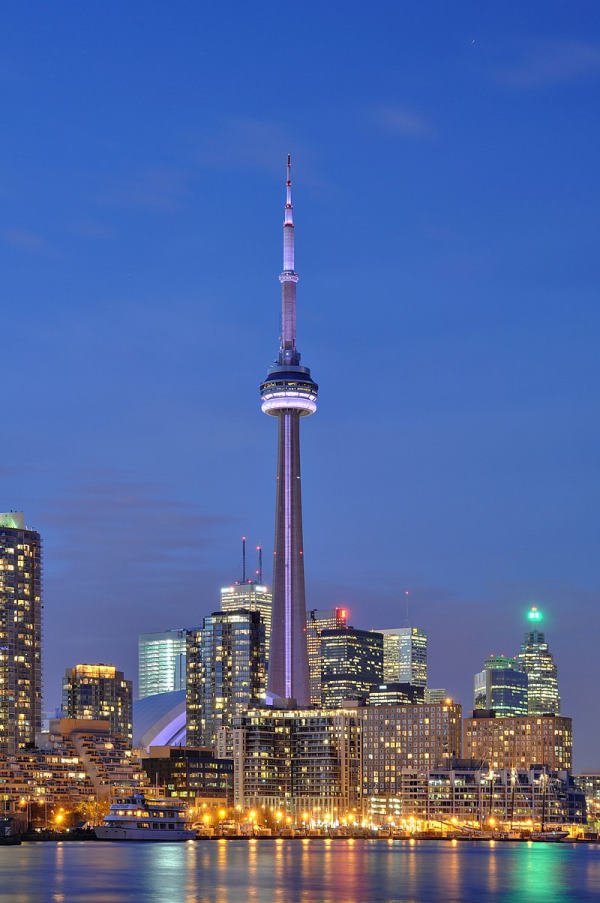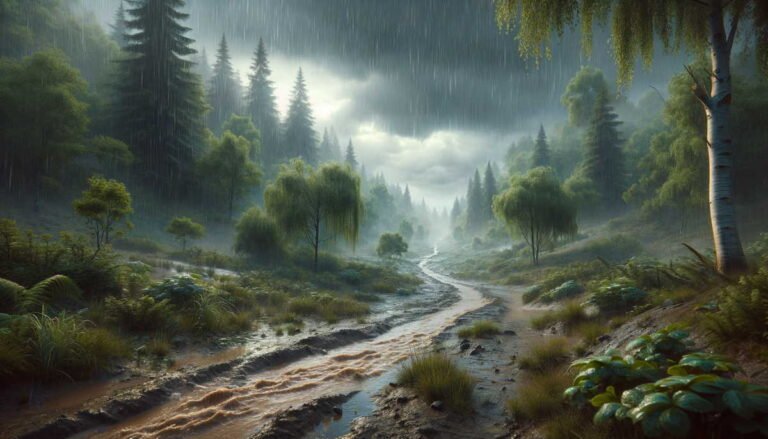Northern Lights Trip in Canada: Essential Tips for the Ultimate Experience
A Northern Lights trip in Canada offers an unparalleled journey into the heart of one of nature’s most breathtaking phenomena – the Aurora Borealis.
Our article offers a comprehensive overview for those eager to witness the Aurora Borealis, covering the best viewing locations from the remote Yukon wilderness to the expansive Northwest Territories and Manitoba’s unique landscapes.
We provide insights into optimal viewing times and locations, essential visiting tips, and highlight tours that enrich the adventure with cultural and outdoor activities.
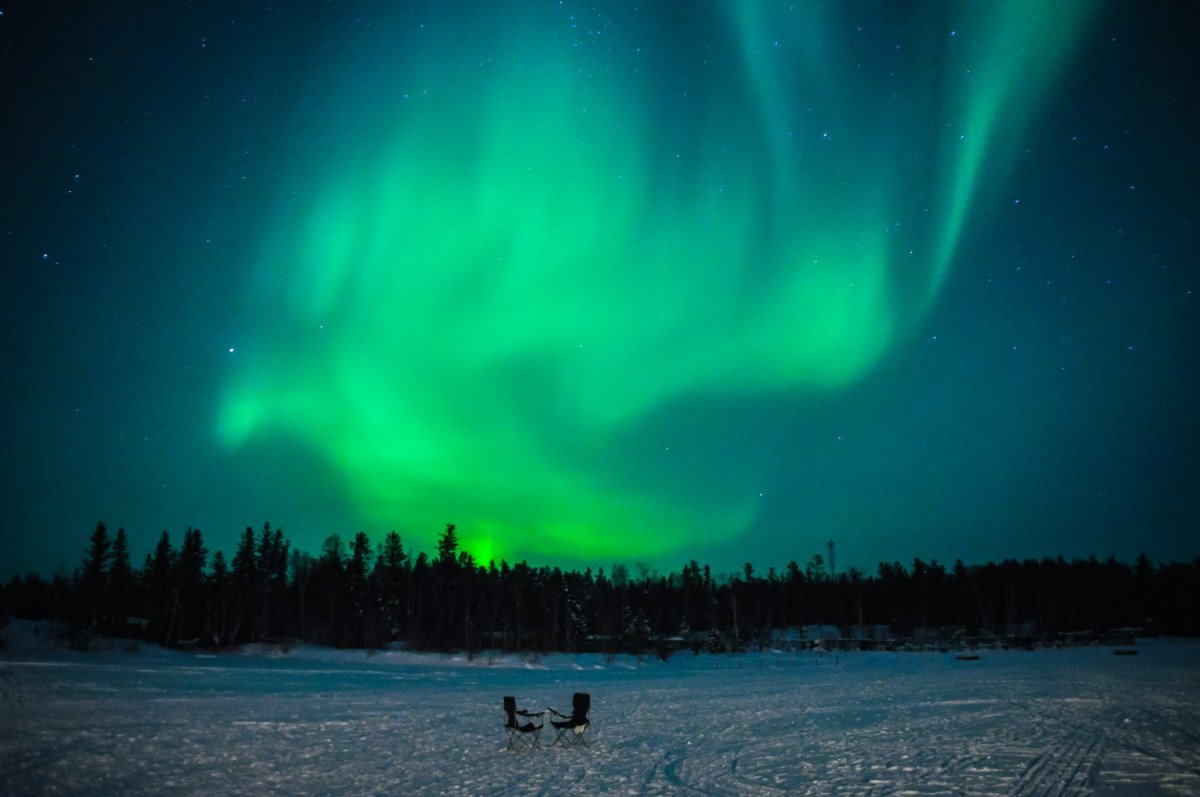
Discover why a journey to see Canada’s Northern Lights transcends a simple trip, becoming an unforgettable encounter with nature’s most magnificent display and creating lasting memories.
Behind the Glow: Understanding the Northern Lights
The Northern Lights phenomenon occurs as a result of collisions between electrically charged particles from the sun and the Earth’s atmosphere, creating a vivid display that is both mystical and awe-inspiring.
The most commonly observed auroras, displaying vibrant hues of green and yellow, are the result of oxygen molecules colliding around 60 miles (96 kilometers) above the Earth’s surface. Auroras of rarer colors, such as deep red, violet, and occasionally bright blue, contribute to the phenomenon’s variety and beauty.
The Aurora’s color depends on the type of gas involved in the collisions and the altitude at which these interactions occur.
This mesmerizing natural light display is predominantly seen in high-latitude regions, including parts of Canada, Scandinavia, Russia, Iceland, Greenland, and Alaska.
Best Times to Experience the Northern Lights in Canada
The best time for a Northern Lights Trip in Canada spans from late August to mid-April when the winter months offer long nights. This extended darkness increases your chances to observe the awe-inspiring lights. While summer sightings are rare in most regions, Newfoundland and Labrador stand out as exceptions, offering potential views of the auroras.
For optimal viewing, the hours between 10 PM and 2 AM are prime time. The necessity for clear, dark skies means that venturing away from the glow of city lights into more secluded areas significantly boosts the likelihood of a memorable sighting.
Utilizing dedicated apps or websites to monitor auroral activity can enhance your chances of catching the best displays on any given night.
Will I see the Northern Lights on my Trip?
While the Aurora Borealis is a natural phenomenom, it is not guaranteed that you will see it on your trip. But, it is worth noting that Aurora activity can be seen in Churchill and Canadian Rockies up to 300 nights and Yukon and Yellowknife in Northwest Territories up to 240 nights per year, making your chances high.
Top Locations in Canada for Spectacular Aurora Borealis Viewing
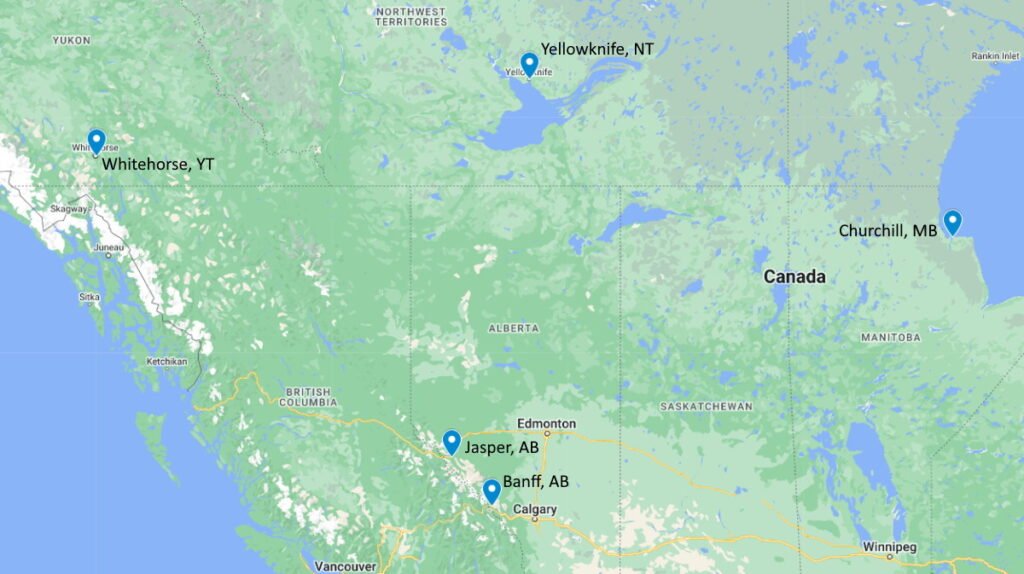
Geographical location plays a significant role in the visibility of the Northern Lights, making Canada a prime destination for these auroral displays.
Key spots across the country, renowned for their Aurora activity, make a Northern Lights Trip in Canada a must-do for enthusiasts.
Yellowknife, in the Northwest Territories, is celebrated for its clear skies and vibrant Aurora displays.
Similarly, Whitehorse and Dawson City in the Yukon, and Churchill in Manitoba, offer breathtaking views and unique experiences, such as polar bear sightings in Churchill, adding to the allure of the trip.
Jasper National Park in Alberta, a Dark Sky Preserve, offers pristine conditions for Aurora viewing, underscoring the importance of dark, clear skies over elevation for optimal observation.
These Canadian locations, near the auroral oval, provide the perfect backdrop for the Northern Lights, making Canada an ideal spot for those chasing this natural marvel, especially around latitudes of 55 degrees north.
How to Reach the Best Northern Lights Destinations
Reaching popular destinations for Northern Lights watching often involves a mix of air travel, road trips, and sometimes even rail or water transport, depending on the location.
Here’s a guide on how to reach some of the most popular destinations:
- Yellowknife, Northwest Territories, Canada
- Air Travel: The most direct way to reach Yellowknife is by air. Yellowknife Airport (YZF) is well-connected with major Canadian cities like Vancouver, Calgary, and Edmonton with regular flights operated by airlines such as Air Canada and WestJet.
- Road: For those adventurous enough to drive, Yellowknife is accessible via the Mackenzie Highway (Highway 1) from Alberta, connecting to Highway 3 in the Northwest Territories.
- Whitehorse, Yukon, Canada
- Air Travel: Whitehorse International Airport (YXY) serves as the gateway, with flights from Vancouver, Calgary, and Edmonton. Airlines like Air North, Air Canada, and WestJet offer services here.
- Road: Driving to Whitehorse is an option via the Alaska Highway, which provides a scenic route through British Columbia and the Yukon.
- Churchill, Manitoba, Canada
- Air Travel: Churchill is accessible by air with flights from Winnipeg. Calm Air International offers regular services to Churchill Airport (YYQ).
- Rail: The VIA Rail train service from Winnipeg to Churchill is a two-day journey offering a unique experience across Manitoba’s landscapes.
- Jasper, Alberta
- Air Travel: The nearest major airport is Edmonton International Airport (YEG), about a 4-hour drive from Jasper. Calgary International Airport (YYC) is another option, approximately a 5-hour drive away.
- Road: Jasper is accessible via the Icefields Parkway (Highway 93) from Banff and Lake Louise, offering one of the most scenic drives in the world. It’s also reachable from Edmonton via Highway 16 (Yellowhead Highway), which is a part of the Trans-Canada Highway system.
- Banff and Lake Louise, Alberta
- Air Travel: The closest major airport is Calgary International Airport (YYC). From there, Banff is about a 1.5-hour drive west on the Trans-Canada Highway (Highway 1).
- Shuttle Services: There are shuttle services available from Calgary Airport to both Banff and Lake Louise, making it convenient for travelers without a car.
- Road: Driving to Banff and Lake Louise offers spectacular views along the Trans-Canada Highway. Lake Louise is about a 45-minute drive further west from Banff.
Northern Lights Trip in Canada and Things to Do
The tours and experiences available for Northern Lights viewing in Canada are diverse and cater to a range of preferences, from those seeking luxurious comfort to adventurers desiring a more hands-on experience.
Here are more detailed insights into these tours:
Aurora Viewing Lodges: These lodges are designed specifically for Northern Lights viewing. Situated in areas with minimal light pollution, they often feature heated viewing decks or glass ceilings, allowing guests to watch it in comfort. Some lodges offer packages that include accommodations, meals, and transfers. The experience is enhanced by the inclusion of local Northern cuisine and storytelling sessions about the Aurora Borealis.
Guided Photography Tours: For photography enthusiasts, guided tours provide an opportunity to capture this miracle. Led by professional photographers, these tours teach participants how to set up their cameras for night photography and help them find the best locations for capturing the lights.
Dog Sledding: In areas like Yellowknife, Churchill, and parts of Yukon, visitors can combine the experience of watching the Northern Lights with dog sledding. These tours typically occur at night, offering the unique experience of gliding through snowy landscapes under the auroral glow. This activity provides an authentic northern adventure, connecting visitors with traditional modes of transportation.
Ice Fishing: Some tours offer the chance to experience ice fishing on frozen lakes, with the added bonus of Aurora viewing. This is a serene way to enjoy the Canadian winter wilderness, and guides often set up comfortable tents with heaters on the ice for a cozy fishing experience.
Hiking Excursions and Wilderness Adventures: Arctic hiking excursions take you through breathtaking landscapes unique to the polar regions. You might walk on frozen tundra, past icebergs locked in bays, or through ancient boreal forests. These hikes will provide opportunities for sighting Arctic wildlife including caribou, Arctic foxes, beluga whales, snowy owls, and polar bears in their natural habitats.
Indigenous Cultural Experiences: Several tours integrate indigenous cultural experiences, allowing visitors to learn about the local First Nations and Inuit peoples’ perspectives and folklore related to the Northern Lights. These might include storytelling sessions, traditional drum dances, and the opportunity to try indigenous foods.
Snowmobiling: For the more adventurous, there are snowmobiling tours that take visitors on a thrilling ride through the snow-covered landscapes in pursuit of the best viewing spots. These tours are often led by guides who know the terrain and patterns of the Aurora.
Luxury Train Journeys: For a different experience, some luxury trains in Canada offer Northern Lights viewing experiences. These trains travel through remote areas with panoramic windows or open decks, providing a comfortable and unique way to witness the magic.
Tips for the First-Time Visitors
- Dress Warmly: The cold Canadian winter necessitates appropriate clothing. Dress in layers with thermal wear, insulated jackets, hats, gloves, and warm footwear.
- Photography Gear: For those interested in photographing the Northern Lights, a tripod and a camera capable of long exposures are essential.
- Comfort and Safety: Bring along warm beverages, snacks, and possibly a folding chair for comfort during long viewing sessions. Ensure safety by staying informed about the local wildlife and terrain, particularly in remote areas.
- Get familiar with organized tours: For an organized trip to view the Northern Lights in Canada, it’s essential to research and choose a reputable tour operator that aligns with your interests, whether that’s photography, adventure activities, or cultural experiences. Be sure to ask about what’s included in the package, like transportation, accommodation, and meals, and prepare for the weather with appropriate clothing.
- Challenge yourself by going solo: If you’re planning independent travel, thorough preparation is key. This involves researching the best locations and times for Aurora viewing, arranging your own transportation and accommodations, and being ready for the unpredictability of weather and Aurora sightings. Equip yourself with the necessary gear, stay informed about local conditions, and always prioritize safety, especially in remote areas.
Exploring the Costs
For a Northern Lights Trip in Canada, prices cater to all preferences, ranging from budget-friendly day trips in Yellowknife starting at under $100 to luxurious, week-long Arctic adventures in Churchill. These premium packages, costing several thousand dollars, typically include round-trip airfare, high-end accommodations, and a variety of exclusive activities and experiences, offering a complete and memorable exploration of the Arctic’s stunning landscapes.
Conclusion
Northern Lights trips in Canada are truly a once-in-a-lifetime experience, offering a unique blend of awe-inspiring natural beauty and exhilarating adventure. Whether you choose the convenience and expertise of a guided tour or the freedom and challenge of a solo journey, the Aurora Borealis in this spectacular country stands as a testament to the wonders of the natural world.
This phenomenon not only promises a magnificent visual display but also an unforgettable adventure, perfect for anyone eager to witness one of the most stunning and enchanting natural spectacles on Earth.
Related Articles
-
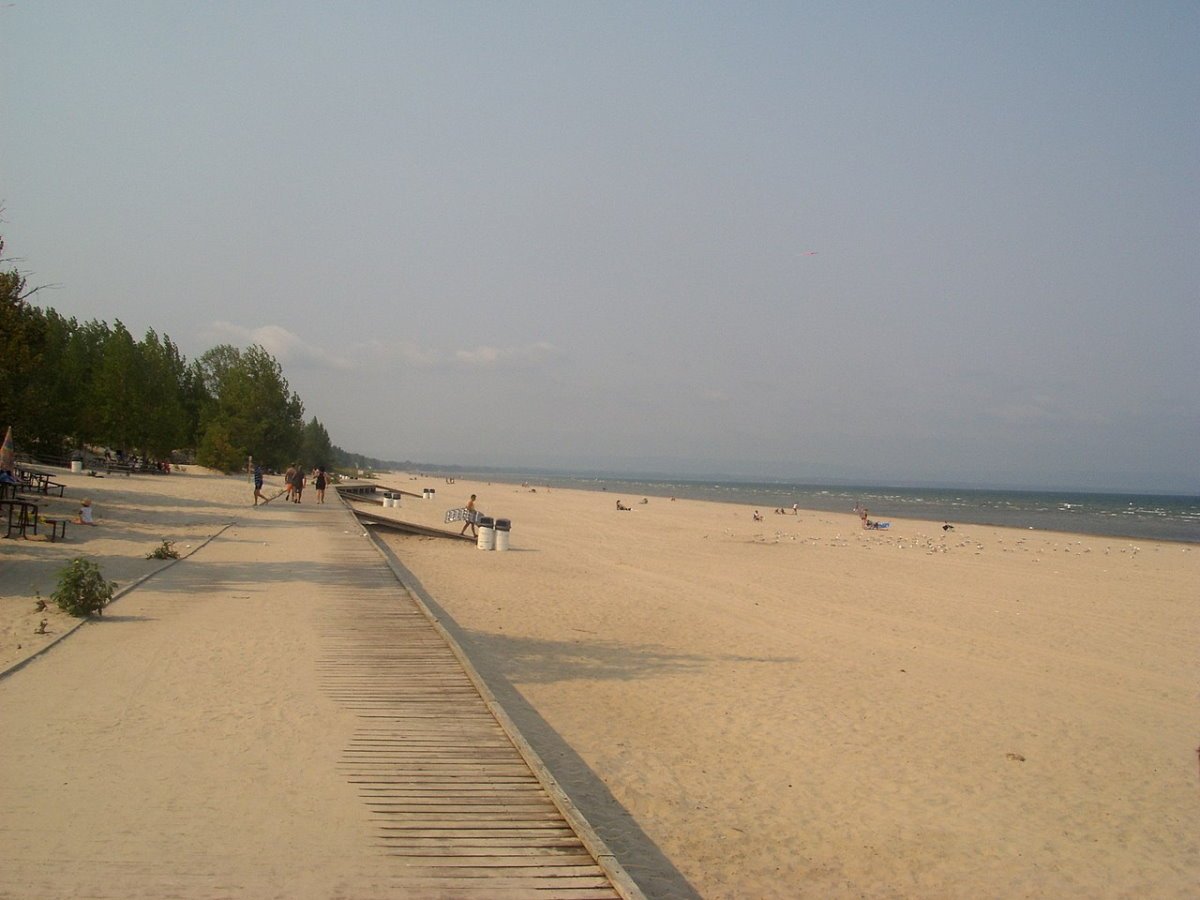
Top Picks for the Best Beaches to Visit in Canada: A Traveler’s Guide
Discover the best beaches to visit in Canada, where every visitor can find a slice of paradise during their summer… Read more
-
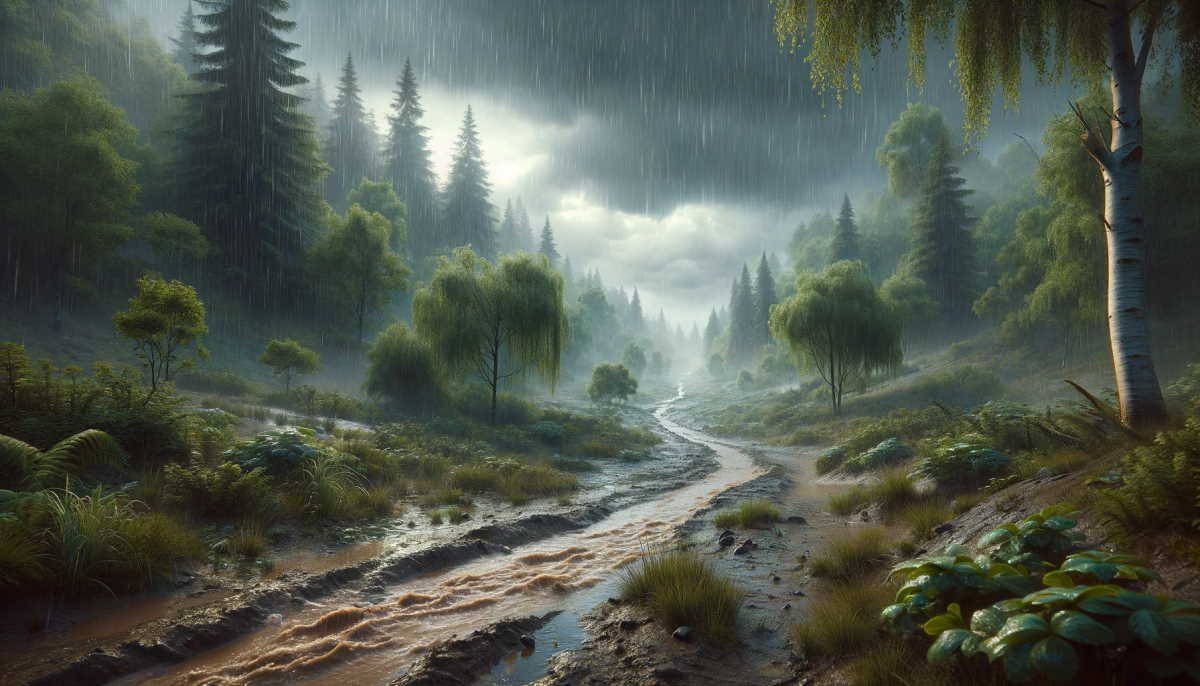
The Worst Time to Visit Canada: Navigating Climate and Locations to Avoid
The worst time to visit Canada, known for its natural beauty and as a popular destination for travelers worldwide, can… Read more
-
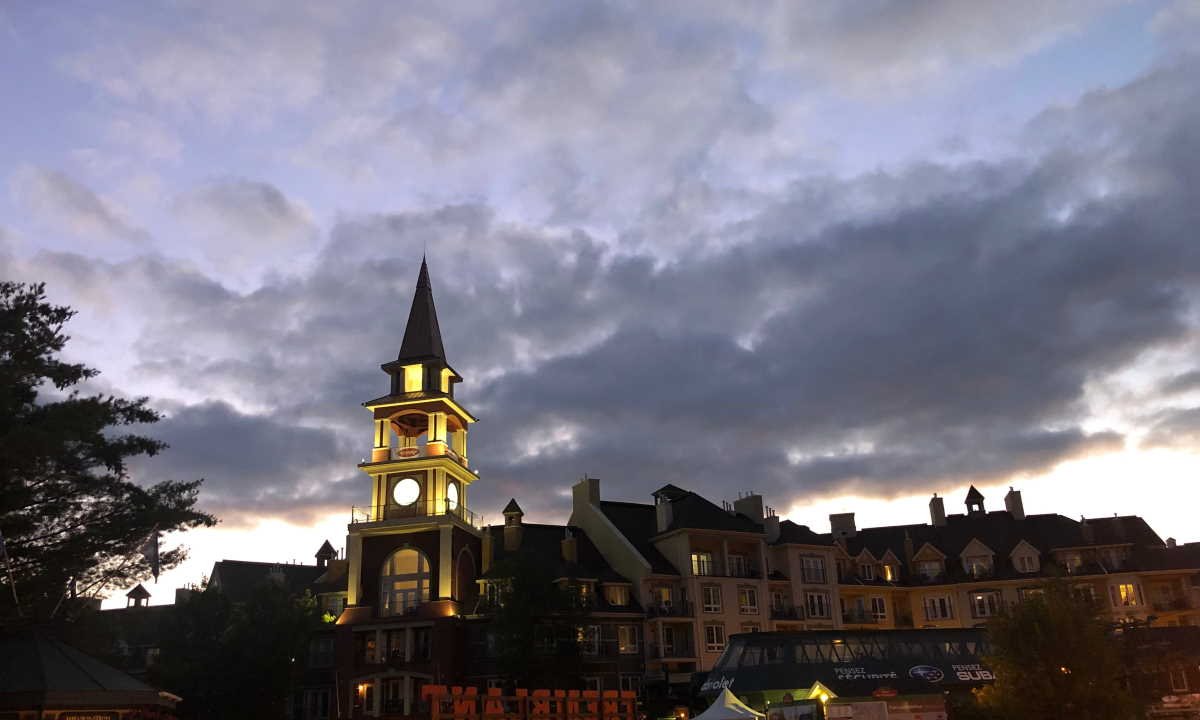
Discovering the Best Times to Visit Canada: A Traveler’s Guide
Discovering the best time to visit Canada is essential to fully enjoy its magnificent splendor, ranging from vibrant cities to… Read more
